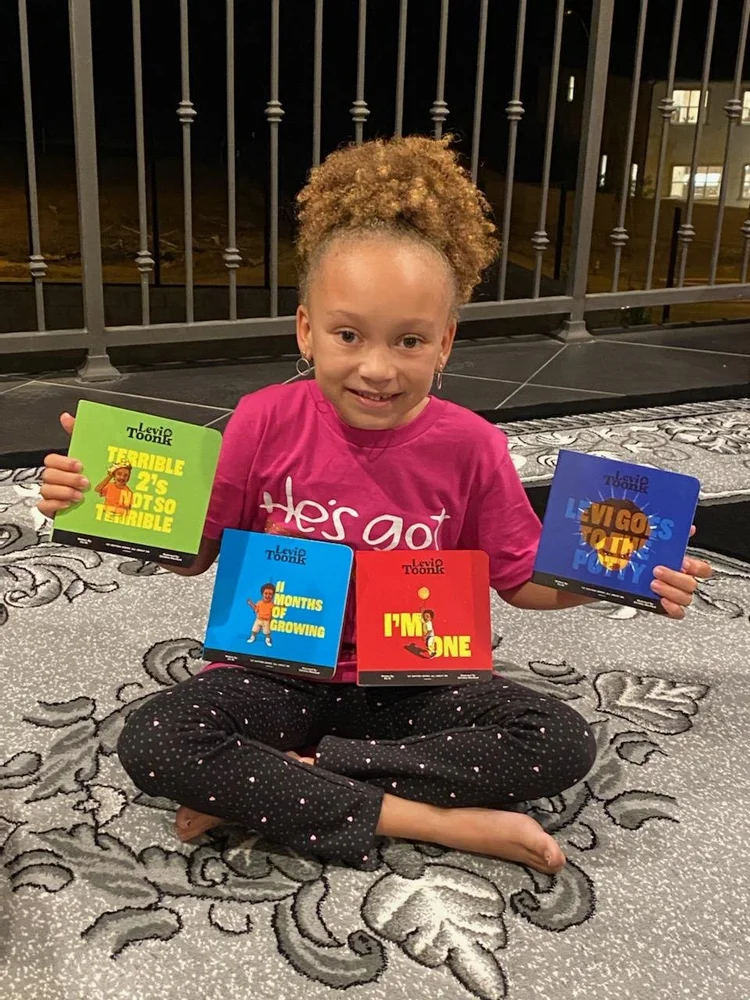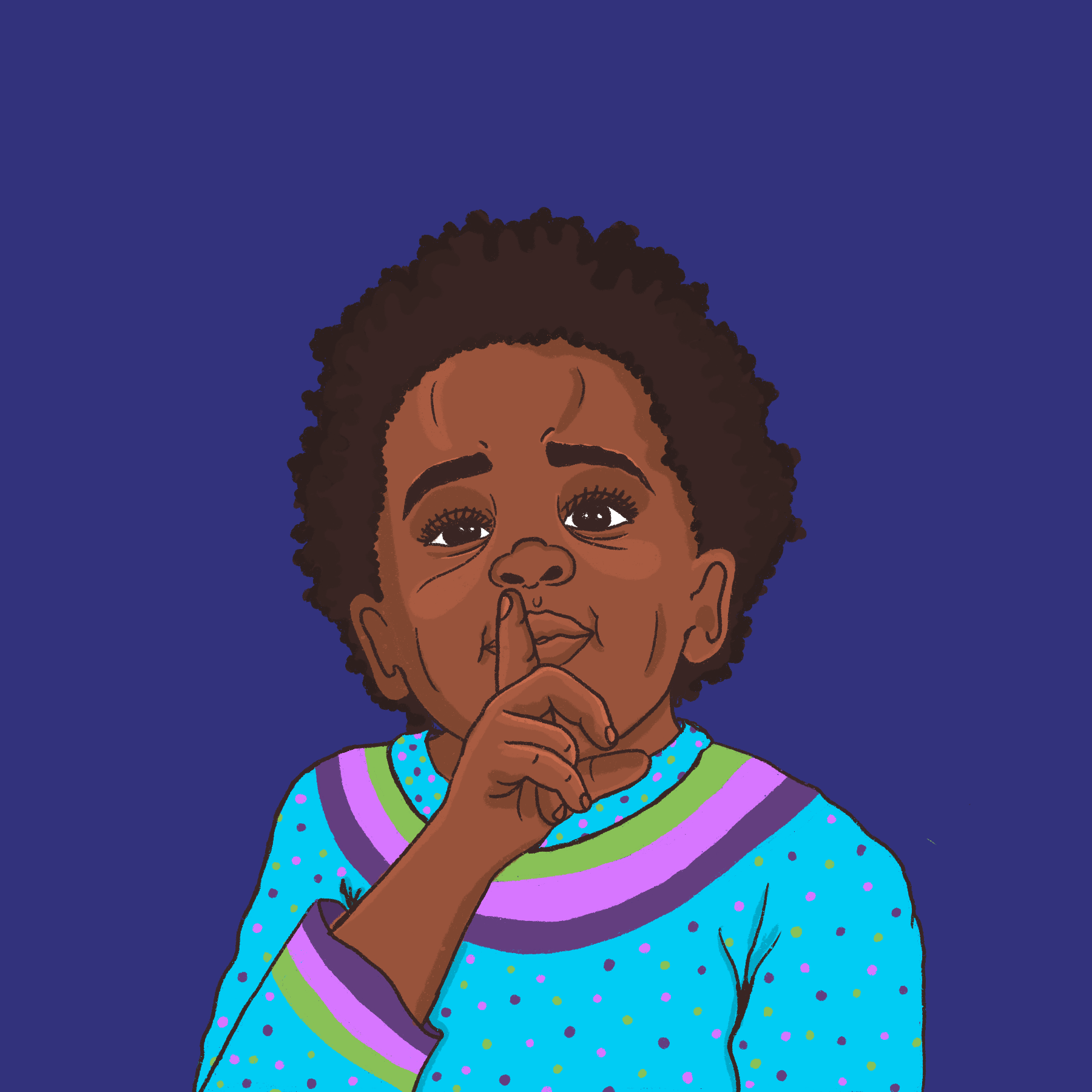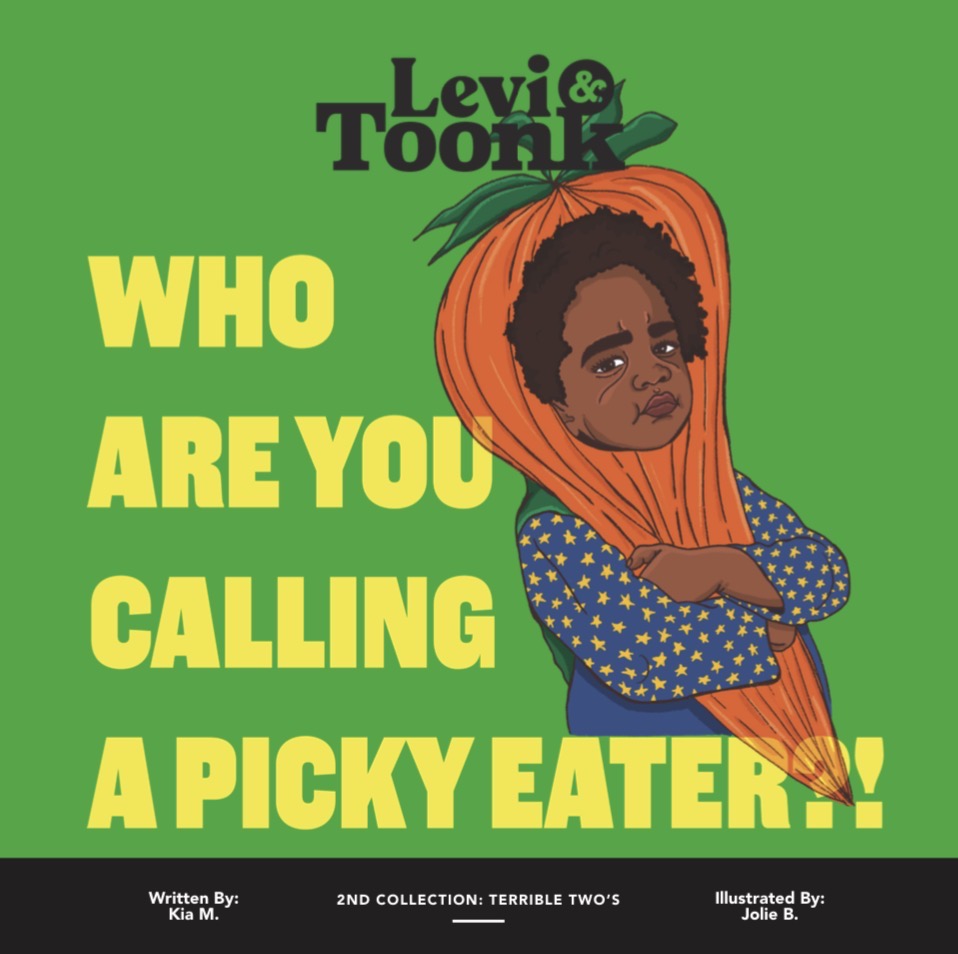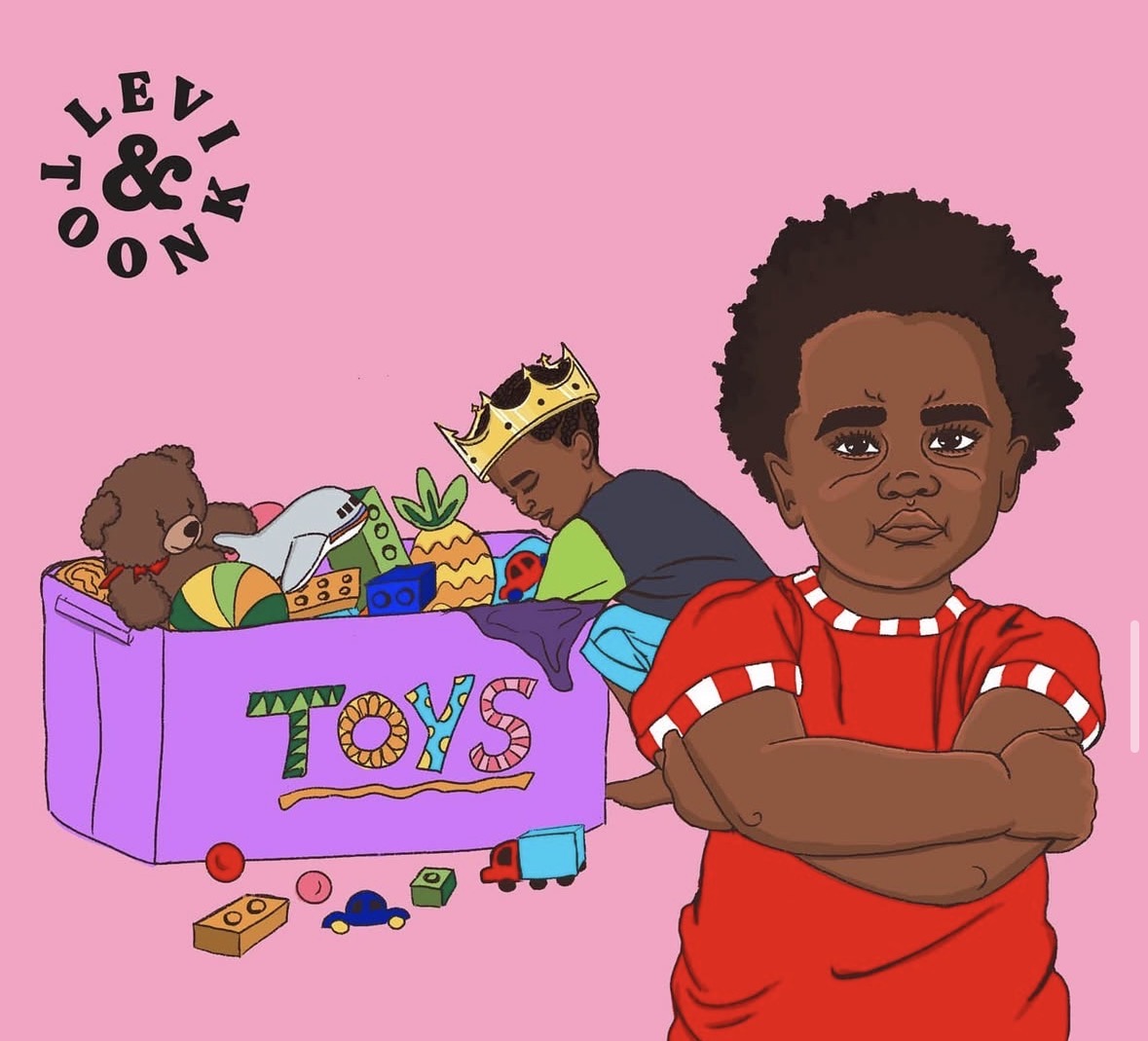Alright – so today we’ve got the honor of introducing you to Kayodè Soyemi. We think you’ll enjoy our conversation, we’ve shared it below.
Alright, Kayodè thanks for taking the time to share your stories and insights with us today. Are you happier as a creative? Do you sometimes think about what it would be like to just have a regular job? Can you talk to us about how you think through these emotions?
I used to work full-time in digital solutions sales. The office was hip, very laid back, I had benefits, structure, salary and commission, basically all the things I had been taught to have for a good life. Every day I was actively convincing myself it was enough. I remember sitting at my desk one day, I had just closed a deal and I was doing my commission registration, and after I finished I realized, I didn’t feel anything. I couldn’t even tell you what I actually sold. I had no investment in the work at all. I didn’t return after my 1st year contract ended.
Every so often, especially when money’s tight or I’m between projects, I think about what it would be like if I went back. The idea of stability is so tempting, especially right now. But then I remember how small I felt. I was living an idea of success.
Being an artist is unpredictable, but it’s mine. I don’t have to do anything that I don’t have a connection to. People will say I’m crazy (as they do with most artists) but to be completely, 100% honest, I’d rather deal with uncertainty than feel like a cog in the machine again.

Great, appreciate you sharing that with us. Before we ask you to share more of your insights, can you take a moment to introduce yourself and how you got to where you are today to our readers.
What happens when you mix a grandmother’s writing, a mother’s vision, and a child’s imagination? Levi & Toonk.
Mother and daughter duo Kia Montgomery and Bri Smocks created this series so children could see themselves reflected through two essential lenses: education and autonomy. The first helps them learn new words, explore meaning, name emotions, and understand reason. The second nurtures instinct and independence, teaching them how to think, decide, and dream for themselves.
I joined the project in 2020, right as the world shut down. Their mission to promote early literacy and inspire a love of learning through storytelling hit me deeply. As schools closed, we all witnessed how access became a national crisis. Private schools sent kids home with laptops and shipped books to their homes, but what about families with no computers, no printers, or parents working essential jobs?
At the time, I was working with Yale Cabaret Season 52, which had transitioned to digital programming. I was producing several pieces for the Black Theatre Festival, a program highlighting and supporting Black artists during the pandemic. Like other arts organizations, we completely pivoted to virtual productions, but we were also exploring how to provide something beyond readings and passive streaming. We were figuring out how to provide something that invited audiences to interact, respond, and learn. That was the initial spark for my collaboration with Levi & Toonk.
I had been following Bri’s work for a few years, we attended the same college, we were in the same circles, and I knew how committed she was to educational access. When we first spoke about the potential to provide something for the kids, it was immediately clear that their story, paired with Kia’s writing, could fill a vital gap for children learning from home. I was struck by how naturally their love of family and teaching was essential to every creative choice. They were finishing each other’s sentences, laughing with each other and then there was Levi: curious, articulate, twisting his own hair, already confident in who he was. That sense of self-awareness became the emotional center for this project.
As producer and director, I wanted our reading to feel alive and interactive, like Reading Rainbow. We began with a simple read-aloud presented digitally, very similar to a live reading a PowerPoint. That didn’t feel quite right, so we layered in vocal performances, music, some sounds like page turning, along with accompanied material; downloadable prompts so the vocabulary words could be experienced, not just read. For the debut we were able to secure sponsorship by the New Haven Public Library to make the entire event free. It was such a success and the library was able to expand digital access to children’s books to the libraries within their network.
Since then, Levi & Toonk has grown into a fully family-led creative project: 100% educational and inclusive. Every story builds literacy and autonomy not through rote repetition but through laughter, imagination, and play. We’re providing tools of self-expression, keys to confidence, and invitations to keep learning.
Now we’re taking the next step, developing an animated series that expands this universe while keeping its heart. To make that leap, we’re preparing a fundraising initiative that will bring together educators, artists, and families who believe in accessible, culturally rich education for all children while highlighting the gifted and children of color. We welcome partners, sponsors, and supporters who want to help us grow this vision into a lasting educational and entertainment platform.
Education should be imaginative, expansive and accessible. Levi & Toonk is proving that learning can move through any medium.

Are there any books, videos, essays or other resources that have significantly impacted your management and entrepreneurial thinking and philosophy?
Absolutely. Warrior of the Light is about understanding courage, spiritual endurance, and how to walk with purpose, even when you may feel alone. The Bible, of course, grounds me in service and discipline, the stories and lessons stay with me for a very long time. I keep going through The Creative Act by Rick Rubin. I can open to a random chapter and it’ll influence my mindset for the entire week. The Artist’s Way too, but honestly I haven’t made it through the whole thing just yet because the practice is a commitment! I respect the exercises and ideology, even though it can be pretty pedagogical. All of these books reinforce the idea that creativity is not a hobby but a way of being, and you have to train that muscle to become an athlete of the creative soul. I believe the craft is something that must be cultivated with ritual and honesty. I mean that you can’t spend your entire being in ritual. You have to be able to step away and live outside of it, come back and use the experience from when you were away, while being honest about that experience, the good and the bad, the ugly, everything. Writing Down the Bones taught me to honor process over perfection and how to make writing meditative.
I’m also deeply influenced by graphic novels and global music. I learn so much about creative management from the way musicians and comic artists build collaboratively. Artists don’t need to speak the same language to translate a feeling, a vibe, and thats awesome. I’ve always been very curious about non western art and I think it’s important to learn from culture that was here before me, before us.
The Alchemist by Paulo Coelho
Tribes by Seth Godin
Show Your Work! by Austin Kleon
Letters to a Young Poet by Rilke
American Sonnets for My Past and Future Assassin by Terrance Hayes
My influences for Levi & Toonk are from the gift of social media. Content creating children and their families like:
Chase and Cash Harris – @chaseharris_mog @bubba_cashman13
Chase and Cash “Bubba” Harris are a father and son known for sharing their journey of raising Cash, who has spina bifida, on social media and inspiring others with their resilience. Chase is a physical therapist and dedicated father, while Cash has become a beloved honorary mascot for the Dallas Mavericks basketball team due to his positive attitude and knowledge of the game. The family uses their platform to raise awareness for spina bifida and support other families facing similar challenges through their nonprofit.
Sean the Science Kid – @learningwithseantheesciencekid
Sean is a 10-year-old who gained fame for his social media videos explaining science in an engaging way, starting on platforms like YouTube, Instagram, and Facebook at a young age. Born Sean Atitsogbe, he is a member of Mensa, a society for high-IQ individuals, and is passionate about STEM, aiming to make science accessible and interesting to others.
VanVan – @therealvanvan_
VanVan is a viral young rapper from North Carolina who gained fame through social media for her rap and dance videos. Starting her career at a young age, she has gone on to release music, perform at major events, and appear on national television shows. Her father, Reggie McConneaughey, manages her and helps her with her career.
Miles the Music Kid – @milesmusickid
Miles is a musical prodigy who plays multiple instruments and produces his own songs. At age 8, he wrote and produced the original song “You Can Be a Hero” for a movie soundtrack, playing all the instruments himself.
There’s also Bri and Kia’s blog that shares curriculum research. I’ve worked with kids of all ages and I always ask about what they read, watch, eat, etc. because their taste is impactful. It reminds us that they aren’t waiting to become somebody, they already are somebody.

In your view, what can society do to best support artists, creatives and a thriving creative ecosystem?
Ok, this question makes me laugh because there are so many answers and opinions about it, and yet here we are. Who really knows? I think society needs to stop treating art like a luxury and start treating it like infrastructure. Artists build culture the same way engineers build bridges. We teach the world about itself. We are the past, the present, and the future.
Society can best support artists by slowing down and valuing the how as much as the now. I say this a lot, but if you observe you’ll see that kids naturally live in the how: how they imagine, how they ask questions, how they make something out of nothing, they’re not concerned about the norms. Somewhere along the line society started rewarding speed and results instead of wonder and process.
Every entrepreneur, business owner, and inventor began with an idea, a spark of in their imagination is something that hadn’t been done before. Creativity, art and innovation come from the same place: the courage to dream something that doesn’t exist yet. Or if it does, to say, “Here’s my version.” So let’s provide the same resources we would for artists as we would for business creatives. We must to protect that spark; make it part of everyday life, in schools, libraries, and communities. It isn’t extra, it’s essential. The same imagination that writes a story or paints a picture might one day build the next world we all live in.
And we should start thinking more about the conditions. Affordable housing, universal healthcare, and fair pay make creativity sustainable. Without those, art becomes a privilege instead of a public good.
If we truly want a thriving creative ecosystem, we have to stop extracting art and start investing in in it, not just when they’re visible, but when they’re still figuring it out. That doesn’t mean ignoring merit, it means redefining it. Merit isn’t about popularity or polish. It’s really about potential, effort, curiosity, and growth. Every “great” artist was once someone practicing in obscurity, curiosity and risk. If we only support what’s already proven, we’ll never discover what’s next.
Contact Info:
- Website: http://www.leviandtoonk.com/
- Instagram: https://www.instagram.com/leviandtoonk/
- Facebook: https://www.facebook.com/leviandtoonk/
- Linkedin: http://linkedin.com/company/leviandtoonk
- Youtube: https://www.youtube.com/channel/UCJ4SFksMvoxLqHT3Hc8UYOQ

Image Credits
Illustrations by Christina Moreland and Jolie B.


